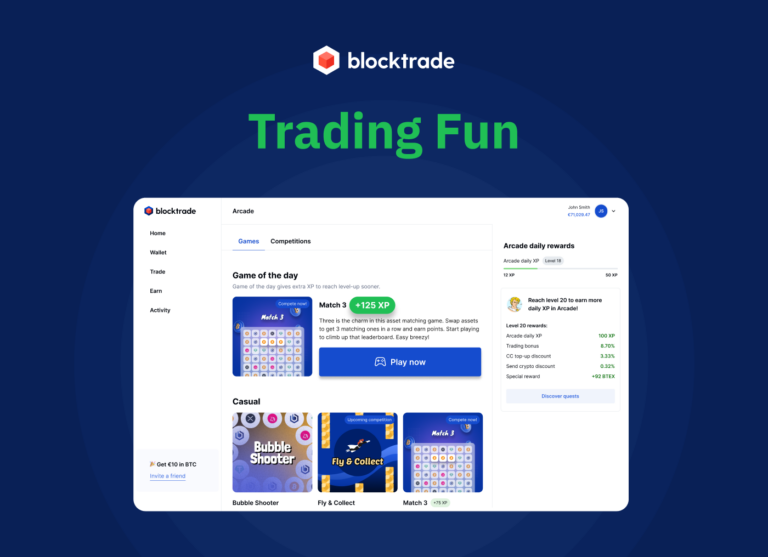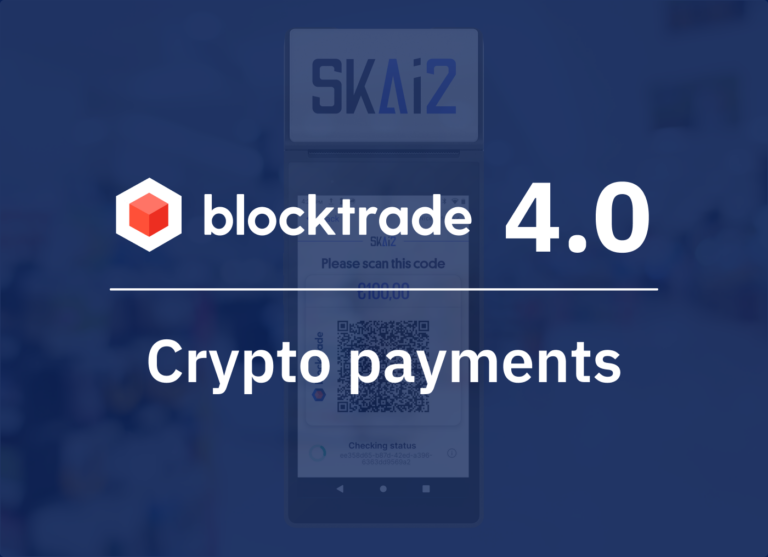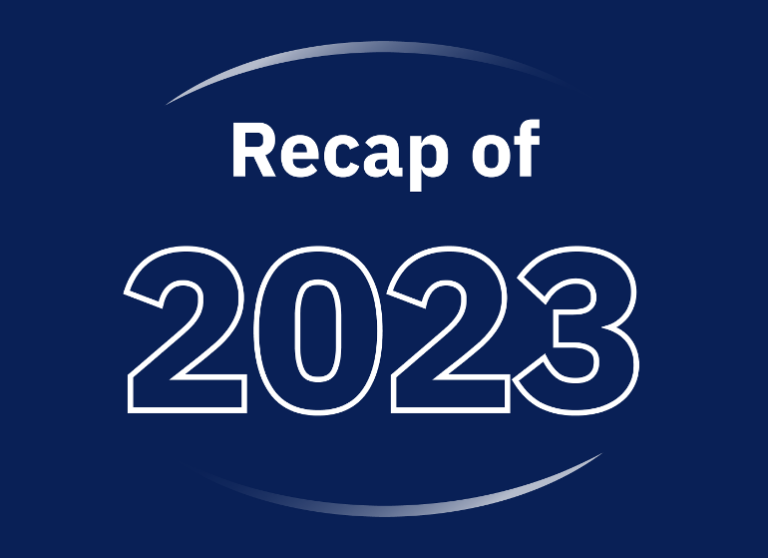Financial investments always bring a certain level of risk. How much risk can you comfortably take? This is described by your risk appetite, which is different and individual for everyone. How much financial risk we can comfortably take depends on a variety of factors such as our financial situation, personal income, investment experience, market insight and more.
Why risk appetite matters
As an investor (to-be), you will inevitably be faced with bear markets and significant price declines in your investments. How will you react then? Will you be able to keep your cool? This will depend on your risk appetite and level of preparation.
It is best to prepare for price declines before they come. More importantly, you must only take levels of risk you will be comfortable enduring. We are strong believers in a quantitative approach to calculating your risk appetite. Instead of merely thinking about certain risks, we will clearly quantify various risk scenarios and levels of risk. The more specific the scenario, the more realistic the impact and simulation.
This way you are able to draw an experiential conclusion from this article and determine where your real risk appetite actually lies.
A vast majority of the population never invest money, often fearing the risk of losing money. Yet, failing to invest is the surest way of losing money.
Investing money can be essential, the clear goal being to maintain purchasing power and achieve a return on investment (ROI) above the market average. The risk-reward ratio dictates that higher potential returns bring with them a higher level of risk (of losses).
Success in investing is largely determined by an investor’s ability to manage their emotions (especially fear and greed) and overcoming emotional bias. Yet, it is next to impossible to manage one’s emotion when one is about to lose a lot of money that they can’t afford to lose.
Sleepless nights and anxiety are a high price not worth paying for the promise of a little higher ROI. Knowing one’s risk appetite therefore not only ensures a stable financial situation but also emotional stability and restful sleep even during extended bear markets and a market downturn.
Factors that determine your risk appetite
There are numerous factors that impact your own risk appetite, the most important ones being:
- Past experience: If you have made positive investment experience with an instrument or specific asset in the past, you tend to become more comfortable with investing in it again. However, this can be dangerous, as past experience doesn’t necessarily equal better knowledge of the asset / instrument in question. Past experience may just have been positive by luck.
- Market knowledge: The biggest asset may be an investor’s market or asset-specific knowledge. If you have vast experience in an industry or market, you can better assess an asset’s price growth prospects. If you know the ins and outs of a specific crypto project, you will be more comfortable taking on more risk.
- Financial goals: Your financial goals cover a certain time frame (months, years) and usually either a certain level of ROI over that time frame or a certain amount of money you want to have by a certain date. Your risk appetite may not be too low or too high to threaten the accomplishment of these financial goals. If you want to have a certain sum of capital by a certain date, you have to take this into account.
- Investable income: It is not how much you make, but how much you have left over for investing, that determines how much risk you will feel comfortable taking. The higher your investable income, the higher your risk appetite is likely to be. You can dedicate a part of your investable income to higher risk investments. Take a look at your income, deduct all necessary and ongoing expenses and you will arrive at your investable income.
- Investment horizon: Usually higher age brings with it a lower risk appetite. This is in line with common investment advice that younger people can take higher risks as they have more time to sit out bear markets and recover from price depreciation in their portfolios. Moreover, citizens who have built their portfolio over decades will be more hesitant to risk it on volatile investments.
Why the qualitative approach is not enough
Most brokers and financial advisors recommend their investors to feel into their risk appetite. Often, a categorization between risk-seeking, risk-neutral and risk-averse or high-risk, moderate risk, and low-risk are used, but this categorization lacks clarity and specificity.
“I am a risk-neutral investor,” is a very vague statement that abstains from the reality of emotional experience in market downturns. Indeed, merely picking a category can mislead some investors to overestimate their actual risk appetite. After all, who wants to be known as “risk-averse”, right?
The quantitative approach to calculating risk appetite
Instead, we propose a quantitative approach to calculating your real risk appetite. This approach asks one key question “What percentage of your investment can you comfortably risk losing… without losing your cool or panic selling?” E.g. if your investable income per month is 1.000 EUR, how much of these 1.000 EUR could you afford to lose?
Here it is important to simulate various scenarios. Imagine for example that you invested 10.000 EUR into Bitcoin at its current 2021 market peak on Apr. 14th at 64.805 USD. You then suffered a massive price decline down over 50 % by the 21st of June. You have unrealized losses of more than 5.000 EUR. What would that mean to you? How would that make you feel? Could you afford to lose these 5.000 EUR?
Especially when investing into cryptocurrencies, it is important to be aware of the high volatility of this asset class. Price declines of 50 % or more within 1-2 months are not uncommon. Think about the ramifications that such price declines could have on your psyche and level of well-being. Really feel into this experience, it will give you a more accurate sense as to how risk-seeking, risk-neutral or risk-averse you actually are.
And then based on that answer, you can deduct an asset allocation guideline that describes what percentage of your investment portfolio can go into what risk category of investments. Here, it is useful to utilize the categorization of high risk, moderate risk and low risk.
Generally, common assets fall into the following categories:
- High risk: Cryptocurrencies, growth stocks
- Moderate risk: Stocks
- Low risk: Bonds, cash equivalents
For example (please consider these as mere ideas),
- if you are a risk-seeking investor, you can allocate your investment capital as follows: 25 % high risk, 50 % moderate risk, 25 % low risk,
- if you are a risk-neutral investor, you can allocate your investment capital 15 % into high risk, 50 % into moderate risk and 35 % into low-risk assets
- if you are a risk-averse investor, you can allocate your investment capital 10 % into high risk, 50 % into moderate risk and 40 % into low-risk assets.
Conclusion
Risk appetite and risk tolerance are not the same – yet investors should be aware of both concepts and their level for themselves. Risk appetite is the amount of risk you want to take, risk tolerance is the amount of loss in your portfolio you can comfortably live with.
Investors should have a clear idea of their financial goals, investable income and investment horizon in order to only take adequate amounts of financial risk in tune with their goals. This way, emotional reactions like panic selling in a downturn and loss realization can be avoided.
We recommend investors to quantify potential risks with clear scenarios instead of merely considering themselves as high-risk, moderate risk or low-risk investors. A guideline ratio for asset allocation is useful for ongoing portfolio management and rebalancing.
Disclaimer
This is not a financial advice. This is not a recommendation to buy, sell, or participate in the associated network. We would like to encourage you to do your own research and invest at your own risk.







